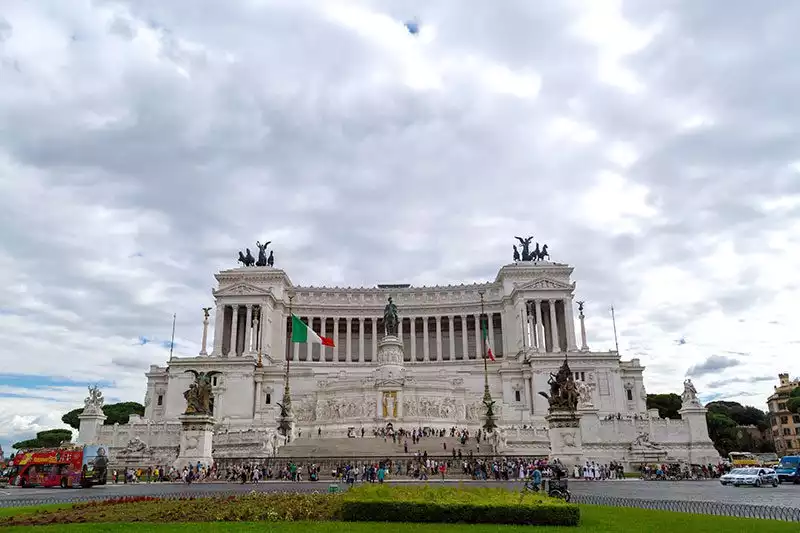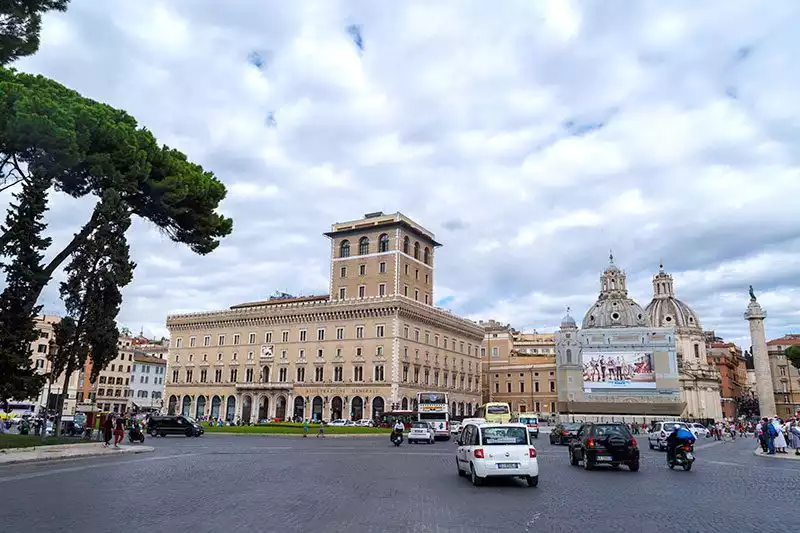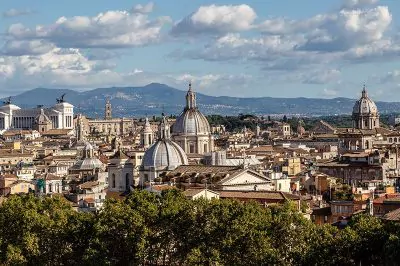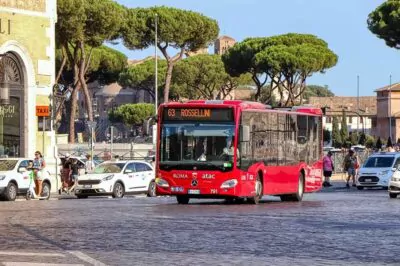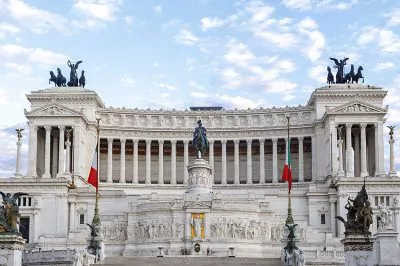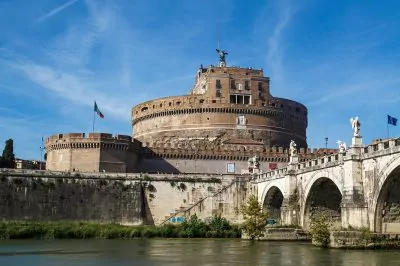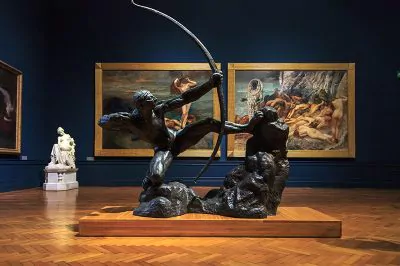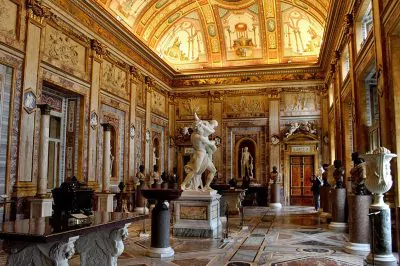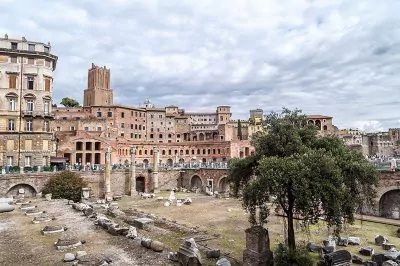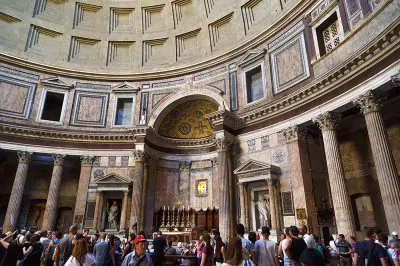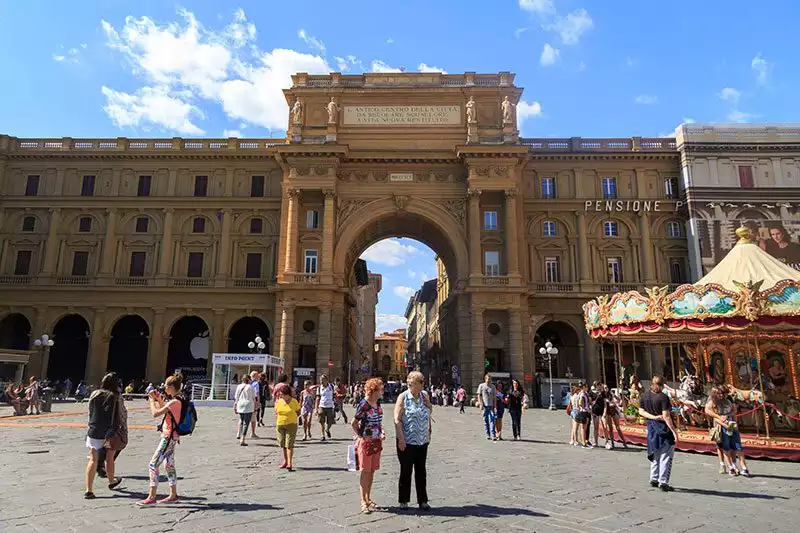
Most Beautiful Squares in Rome
Almost every street you enter in Italy leads to another square. Each of Italy’s squares is colorful and popular.
In most of the squares, it is possible to see fountains that provide water to the people of Rome and obelisks erected in the middle of them, with various shapes and meanings. These squares, which can be enjoyed with a historical and artistic eye, create very sweet images together with the palaces and other historical buildings that have survived to the present day. Here are the most popular squares of Rome we have compiled for you.
Piazza Navona
Piazza Navona is the most lively of the many squares in Rome and is a colorful square where entertainment takes place day and night. You can see many itinerant workers in the square, including painters.
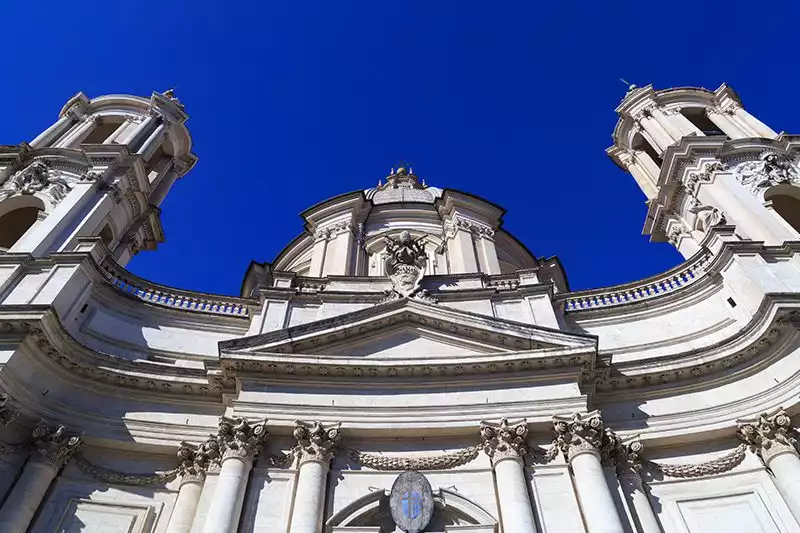
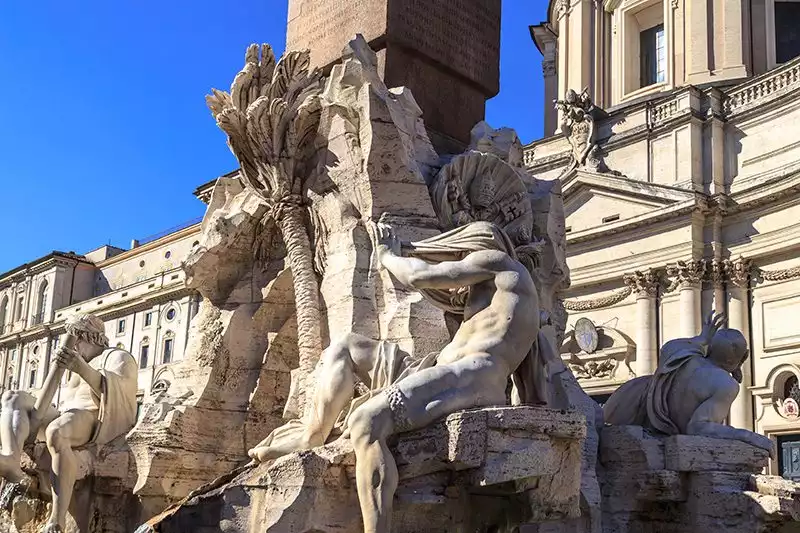
In Piazza Navona, there was a 30,000-seat stadium built by Emperor Domitian after the 1st century AD, although today it is in a relatively modern state. The Domitian Stadium, named Circus Agonalis, was demolished when Pope Innocent X took over and the present structures were built. The current name Navona is thought to be derived from the name of the stadium; the name Agone eventually became Navone and then Navona.
The largest building in Piazza Navona is the church of Sant’Agnese in Agone. Built in the 17th century, it was also used as the personal chapel of Pope Innocent X and his family. Because right next to the church is the Pope’s house, the Pamphilj Palace (Palazzo Pamphilj).
The most famous of the fountains in the square is the Fountain of the Four Rivers (Fontana dei Quattro Fiumi) by the Roman sculptor Bernini. The figures in this fountain, which was created in 1651 by Gian Lorenzo Bernini, whose signature is on many of the works in Rome, symbolize the gods of different rivers.
The Genj (Asia) leaning back, the Rio de la Plata (America) lying on its arm, the Nile (Africa) with its head hidden, and the Danube (Europe) moving upright are among the gods in the fountain.
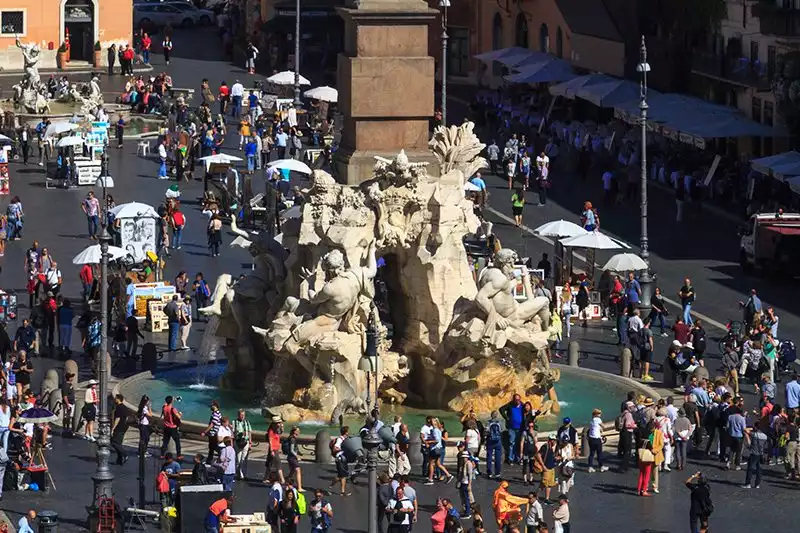
Piazza Navona has two other fountains. On one side, the Fontana del Moro, built by Giacomo della Porta in 1575 and now on display in the Galleria Borghese, and the Fontana di Nettuno, built by the same man in 1574.
Stadium of Domitian Museum
There is a museum in the back part of the stadium behind the Fontana del Nettuno fountain. We mentioned that Piazza Navona used to be a stadium. At the Stadio di Domiziano Museum, you can see the ruins and artifacts of this stadium.
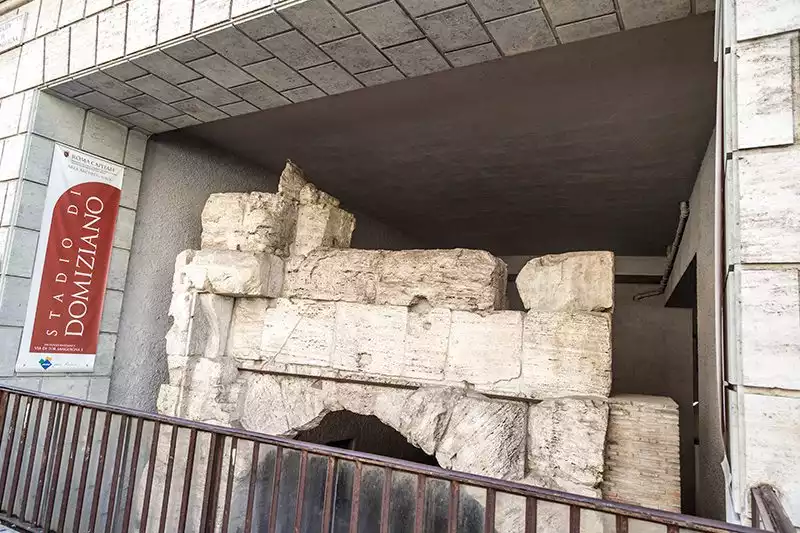
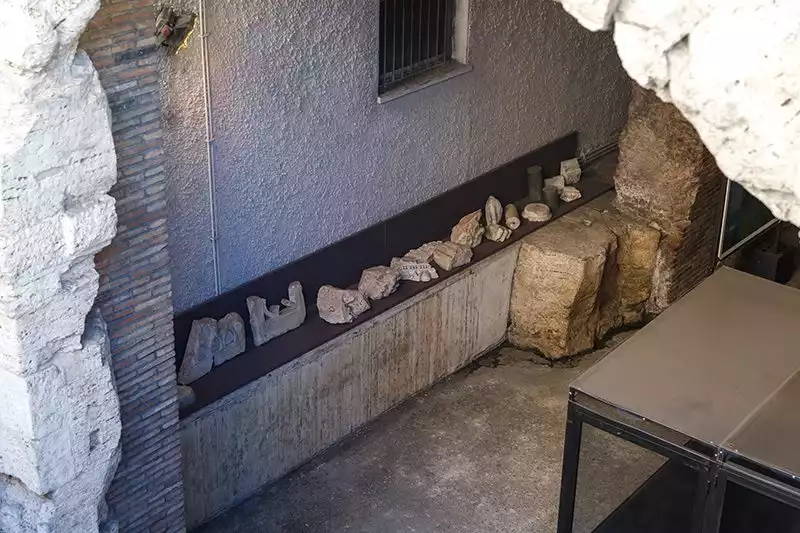
Piazza del Popolo
The Piazza Popolo, the largest square in Rome and one of the few squares in Europe, is also a gathering place. In the center of the square, which took its current form by the architect Giuseppe Valadier, is an obelisk, first erected in the name of Sety I and later in the name of Ramses II.
The carvings on this obelisk, brought from Egypt, tell the story of the two pharaohs. The obelisk, called the Obelisk of Flaminio, is one of the oldest and tallest in Rome.
There are fountains at both ends of the square. On one side is one of the many statues of Neptune that you will find in Rome. Although the statues in the fountains look normal sized from a distance, their size is better understood when a person enters the frame.
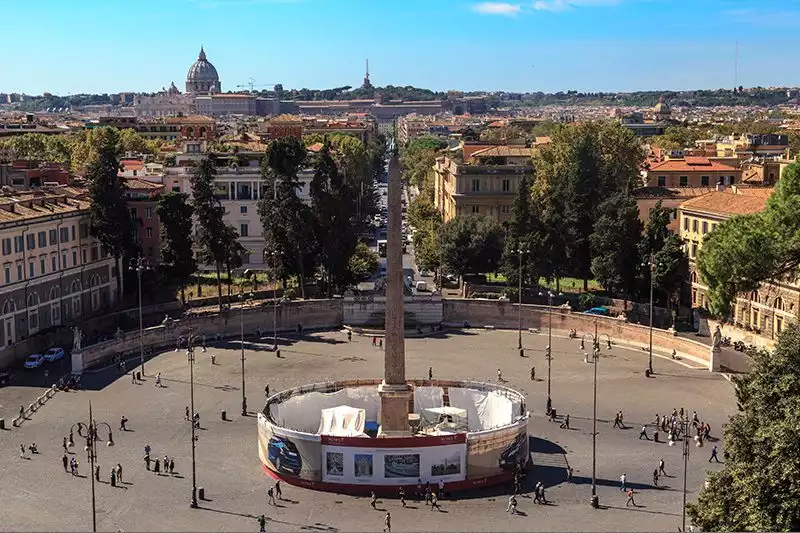
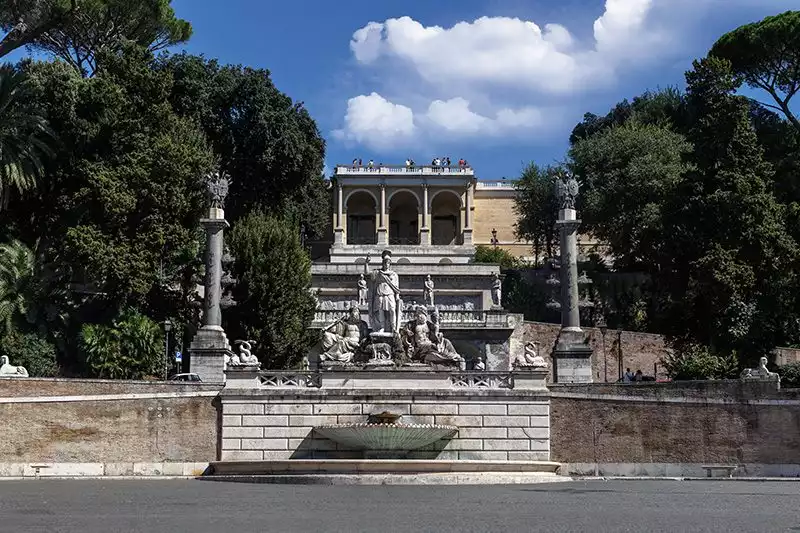
Piazza del Popolo is located in the northern part of the city of Rome. One of the oldest buildings in the square is the large gate near the square. Used as the northern entrance since antiquity, the gate has been known by different names throughout history, but its original name was Porta Flaminia or Porta del Popolo.
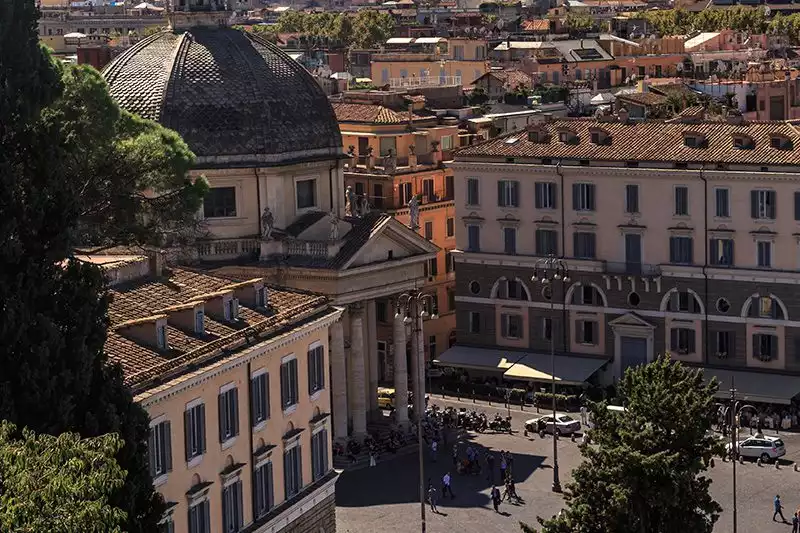
The church right next to the entrance is Santa Maria del Popolo. The oldest of the three churches in the square, it was built in the 11th century. The two churches, Santa Maria del Miracoli and Santa Maria in Montesanto, are symmetrically placed on the other side of the square and are very similar to each other.
Piazza di Spagna
On this famous street, where the Spanish Steps are located, you will see people sitting on the stairs and spending time, even in the evening watching the magnificent view of Rome from the top of the stairs towards the church.
It’s a crowded square, but it’s a favorite spot for people because of its warm and friendly atmosphere. The main purpose of the Spanish Steps, which are very popular with tourists, was to connect the street at the top with the elegant shopping street at the bottom. You can find luxury and expensive shops in this area.
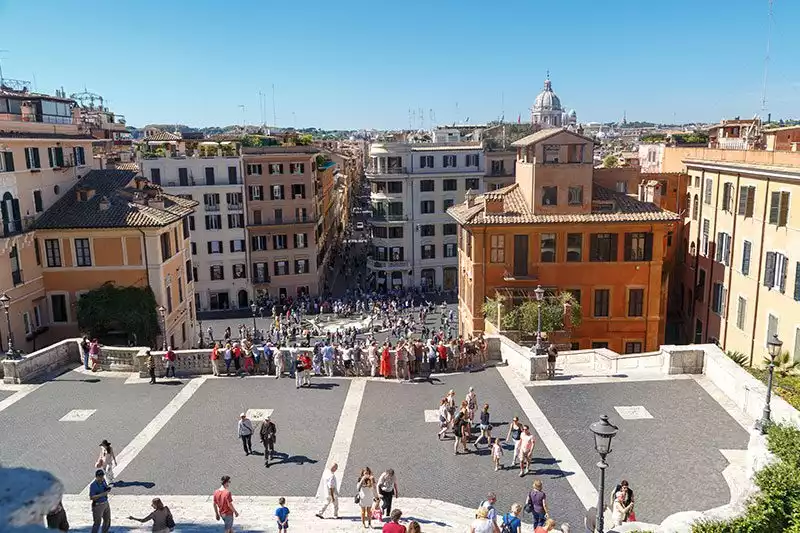
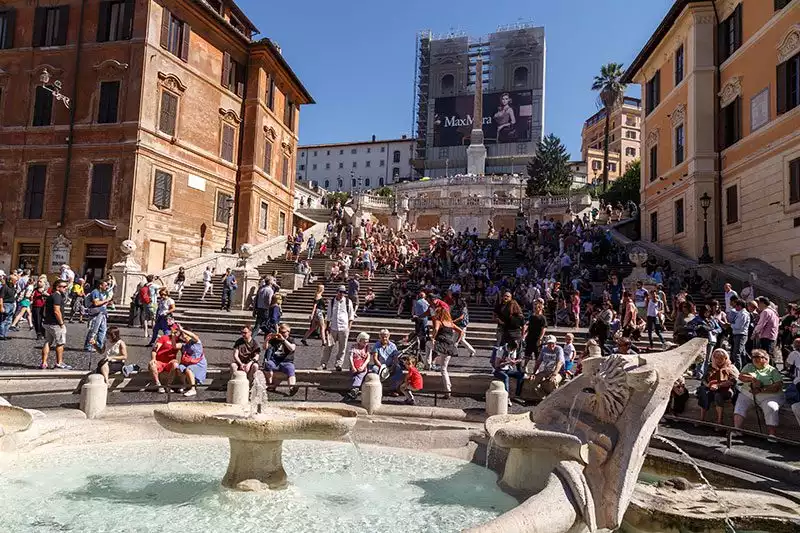
Piazza della Rotonda
Piazza della Rotonda is the square where the Pantheon, one of the oldest ancient buildings, stands. In the center of the square where the Pantheon is located, which welcomes thousands of visitors every day, is one of the fountains, a symbol of power. The surrounding area is filled with cafes and restaurants, where tourists can meet their needs for food and drinks such as coffee.

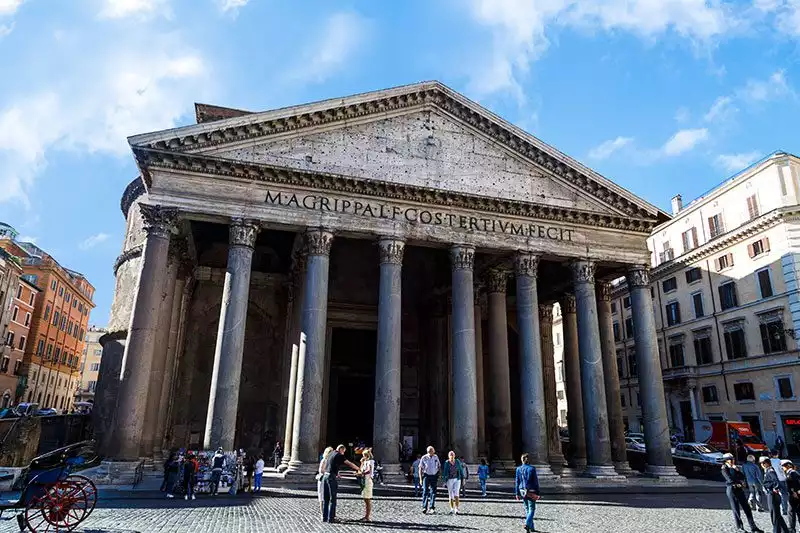
Piazza Colonna
Piazza Colonna, one of Rome’s historic squares, is today known as the seat of the Italian government and the residence of the Italian prime minister. The most famous structure around it is the column erected in honor of the Roman Emperor Marcus Aurelius.
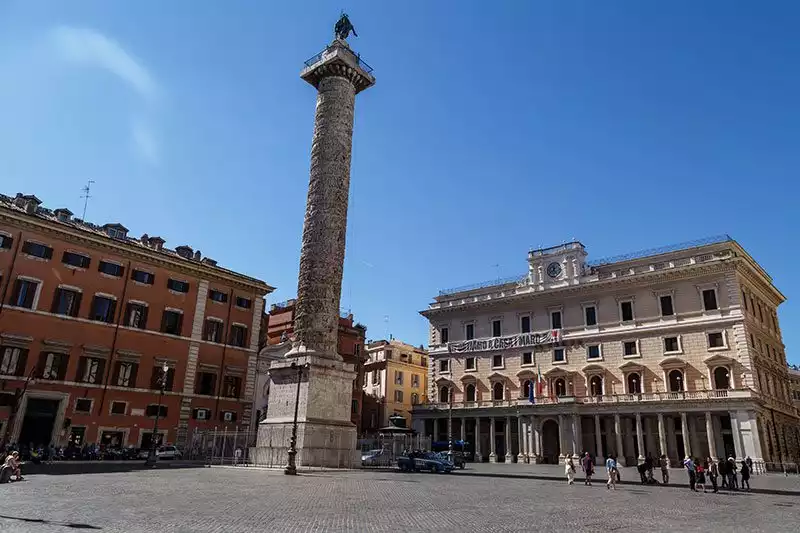
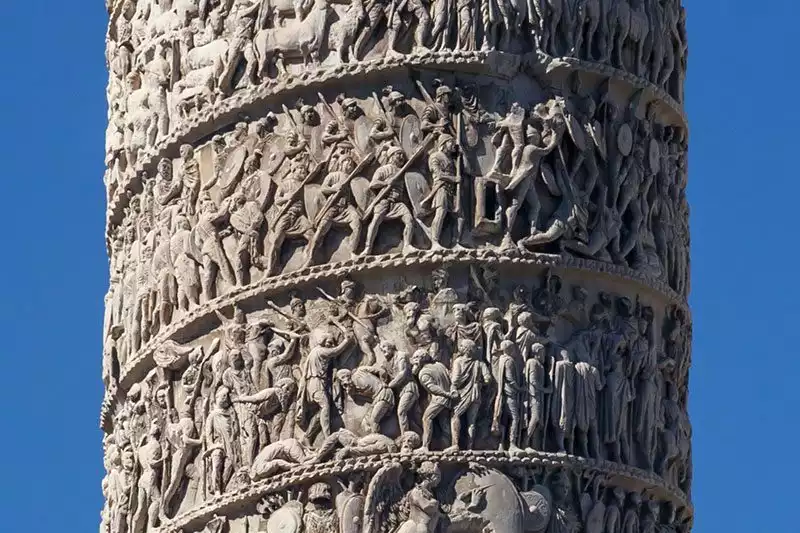
Located in the center of Piazza Colonna, the Column of Marcus Aurelius is a triumphal arch erected in 193 AD. Surrounding the column are bas-relief expressions telling the stories of Aurelius’ battles. This historic structure in Piazza Colonna commemorates Aurelius’ fight against the Germanic and Sarmatians. As you can see from the small windows on the column, it is possible to climb the 30-meter column by climbing about 200 steps.
Piazza del Quirinale
Piazza del Quirinale, one of the largest squares in Rome, with an obelisk in the center with two statues of horse trainers and a fountain, is the square where the palace of the President of Italy is located.
The palace on Quirinal Hill, one of the seven hills of Rome, was home to the King of Italy before the abolition of royalty in 1946. If you want to visit the palace, which has a huge garden behind it, you should make a reservation in advance. You can see the gardens, carriages and halls with long or short tour program options.
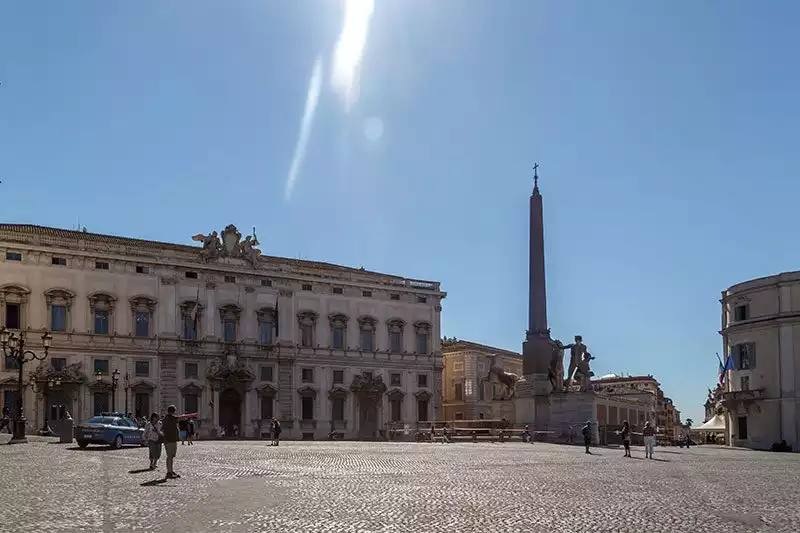
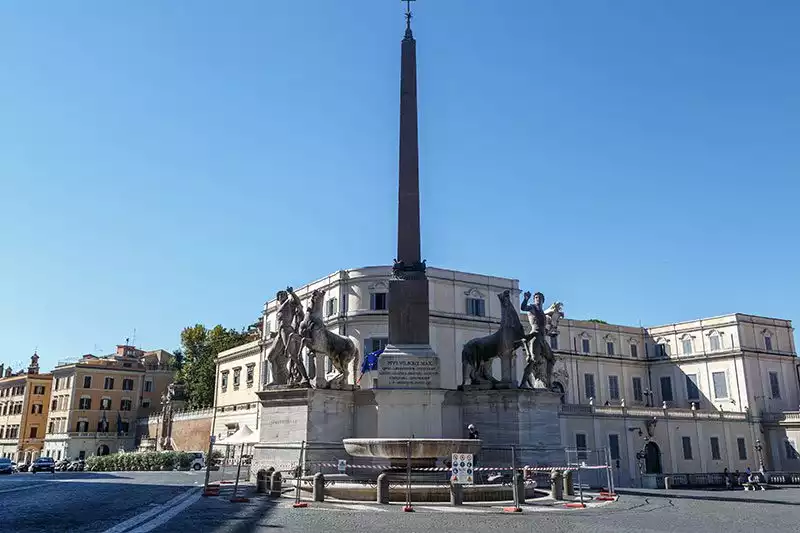
Piazza Venezia
Located very close to the Roman Forum, the ancient center of Rome, Piazza Venezia is also the place with the most vehicle traffic in Rome. On one side of the square is the Altare della Patria, which means Altar of the Nation. It is also known as the Vittorio Emanuele II Monument because it is dedicated to Vittorio Emanuele II, the first king of a united Italy. From all over the square, you can see this massive structure made of white marble.
